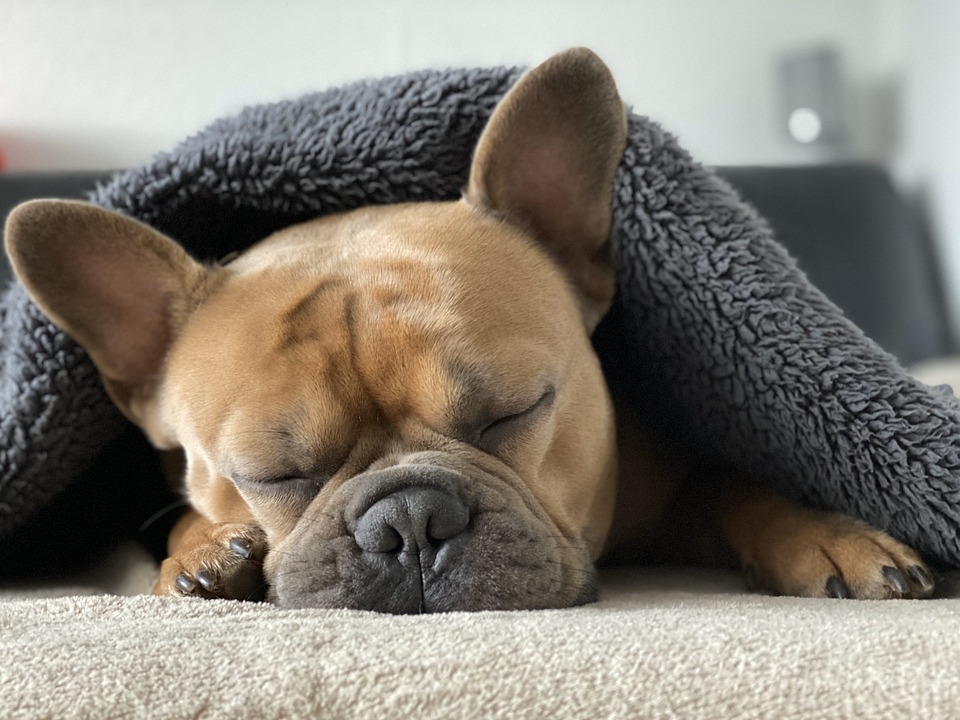Bringing home a new puppy is an exciting and joyful experience. However, one of the first challenges every new puppy owner faces is house training. This essential process lays the foundation for a well-behaved and happy companion. In this ultimate guide, we will walk you through the steps to effectively house train your new puppy, along with some frequently asked questions to help you navigate this journey.
Understanding the Basics of House Training
Before diving into the specifics, it’s important to grasp the fundamentals of how house training works. House training, also known as potty training, involves teaching your puppy where and when to relieve themselves. It requires consistency, patience, and positive reinforcement. Remember that puppies have limited bladder control, so accidents are bound to happen during the training process.
Establishing a Routine
Creating a consistent routine is crucial when house training your puppy. Dogs thrive on routine, and having a set schedule will help them understand when it’s time to go outside. Some key aspects of a successful routine include:
1. Feeding Schedule: Feed your puppy at regular intervals, ideally three to four times a day. This will establish a predictable bathroom schedule.
2. Bathroom Breaks: Take your puppy outside to eliminate immediately after meals, naps, playtime, and waking up in the morning or from a nap.
3. Supervision: Keep a close eye on your puppy throughout the day, especially during the initial stages of training. This will help you identify their cues for needing to go outside.
Crate Training: The Power of a Den
Crate training is a valuable tool for house training your new puppy. Dogs naturally seek out enclosed spaces, so a crate can become their den—a safe and comfortable area. Here’s how to successfully use a crate for house training:
1. Proper Introduction: Introduce your puppy to the crate gradually, making it a positive and inviting space. Use treats, toys, and praise to create a positive association.
2. Size Matters: Ensure the crate is large enough for your puppy to stand, turn around, and lie down comfortably. A crate that is too big may lead to accidents, as puppies won’t hesitate to relieve themselves in one corner.
3. Time Management: Use the crate strategically. When you cannot directly supervise your puppy, confine them in the crate for short periods. This will prevent accidents and teach them to hold their bladder.
Positive Reinforcement: The Key to Success
Positive reinforcement is the most effective method when it comes to house training your puppy. Here are some essential tips for using positive reinforcement:
1. Timing is Everything: Immediately reward your puppy with praise, treats, or playtime when they eliminate in the appropriate area. This will help them associate going outside with positive experiences.
2. Consistency: Be consistent with your rewards and praise. Reinforce good behavior every time, and your puppy will quickly understand what is expected of them.
3. No Punishment: Avoid scolding or punishing your puppy for accidents. This will only confuse and frighten them, hindering the training process. Instead, focus on redirecting and reinforcing desired behaviors.
Frequently Asked Questions (FAQs)
Q: How long does it take to house train a puppy?
A: The duration of house training varies depending on the individual puppy and their breed. On average, it takes around 4-6 months for a puppy to be fully house trained.
Q: What should I do if my puppy has an accident indoors?
A: If you catch your puppy in the act, quickly interrupt them with a firm “no” and immediately take them outside to finish eliminating. Clean up the accident with an enzymatic cleaner to remove any lingering scent that may attract them back to the same spot.
Q: Should I use puppy pads or newspaper for house training?
A: While puppy pads or newspaper can be useful during the initial stages of training, they can also confuse your puppy. It’s recommended to transition them to eliminating exclusively outdoors as soon as possible to avoid long-term reliance on indoor alternatives.
Q: How do I teach my puppy to signal when they need to go outside?
A: Teaching your puppy to signal when they need to go outside is achieved through consistency and observation. Take note of their behavior, such as sniffing, circling, or whining, before they eliminate. When you recognize these cues, immediately take them outside to reinforce the association.
House training your new puppy requires time, dedication, and understanding. By following the steps outlined in this ultimate guide and having a little patience, you’ll soon have a well-mannered and house-trained companion by your side. Happy training!









